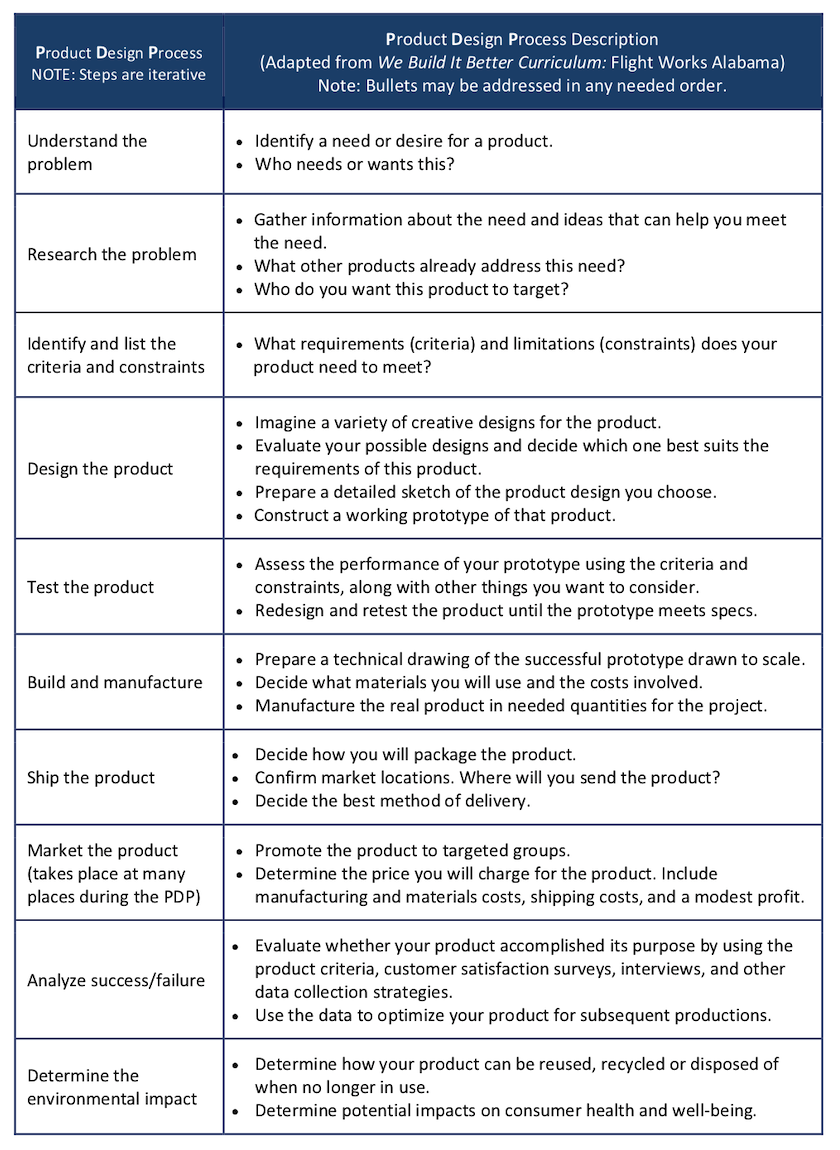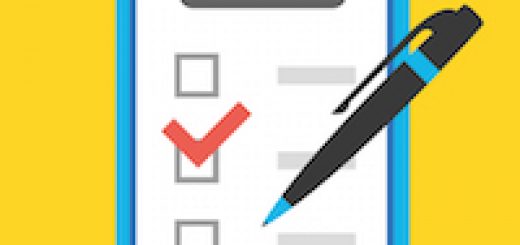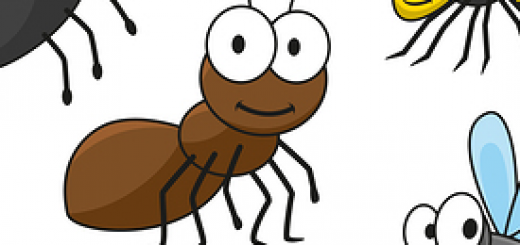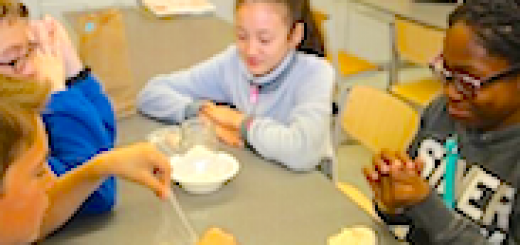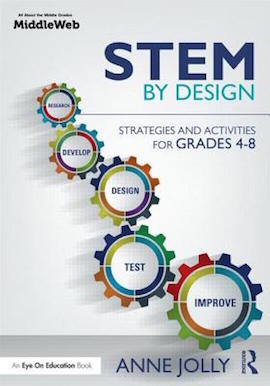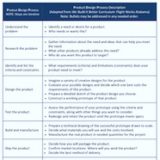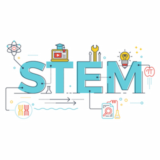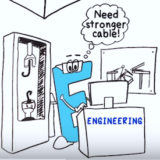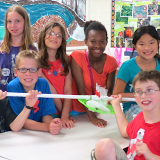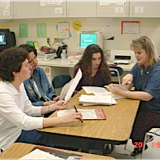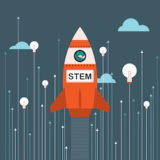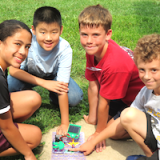Use Product Design to Expand STEM Projects
 By Anne Jolly
By Anne Jolly
STEM Educator and Curriculum Designer
Imagine you conduct a STEM project and the solution for your STEM challenge can go beyond just creating a prototype. What if this prototype can become a product that kids make for actual use – even in a limited way? (With 3-D printers increasingly available, that’s a real possibility!) What would our lesson planning look like for result like this?
A Product Design Project gives students a way to think about taking their project solutions further. They can expand their thinking to include things like scaling up designs, manufacturing products, customers and marketing practices, distribution, environmental impacts, and so on.
This sample product design process (PDP) will give you the big ideas. (Click the link below the image to download a copy.)
Responding to real-world issues with doable products
You may be scratching your head at this suggestion since most STEM challenges focus on developing solutions for community or global issues such as health and environmental problems. But if you think about it, some challenges do lead to a simple “product prototype” as a solution.
For example, kids might design an effective face mask, an ID tag for cell phones, or a simple assistive device. Working through the process of going from prototype to product can add a layer of mind-stretching information, skills, and vocabulary to their toolkits. Browsing some vetted STEM websites like Design Squad Global can yield product-worthy possibilities. You can find additional ideas in many of my MiddleWeb posts.
STEM teams could develop designs and test prototypes to solve problems. When they settle on a best design, they could start transforming that prototype into the real thing, using the PDP as a guideline. (A 3-D printer could easily “manufacture” some types of products.)
New learning. New applications. New workforce skills.
Here are some ideas about ways to involve other subject area teachers in helping kids carry their STEM project from prototype to product. Now, that’s a genuine school-wide STEM project!
Prepare technical drawings of the products. The math teacher can provide assistance with scaling up the prototypes. Students can also use a free digital tool called Tinkercad to do their scaling and sketches – here’s a good spot for the technology teacher to step up. If you have access to a 3-D printer, students can 3-D print their products directly from Tinkercad.
Know their customers. Who might be interested in their product and where are these people located? The social studies teacher could help with this kind of investigation. A language arts teacher might help students develop a professional-style interview or survey to find out whether this product is of interest to this identified group(s) and what they would like the product to do.
Manufacture their product. Kids must know what materials to use and how to actually make the product. (Reality may dictate that they make just a few.)
Determine a delivery method. If they package and ship their products, they need to determine what packaging and shipping method is most practical.
Price their products. Math teachers might help kids price the cost of materials, packaging, and shipping. These, plus a modest profit, figure into the final cost.
Conduct a success analysis. Did the customers like the product? Students need to reach out to customers for feedback. The language arts teacher might again help them prepare surveys and interviews to gain this information.
Market their products. Art plays an important role in marketing. What kind of items can they design to market their product? Art classes could take the lead in creating marketing materials. Marketing also requires skill in public speaking and interpersonal communication. Drama teachers and language arts teachers might be the chief coaches here.
Know potential impact their product could have on the environment. When your kids make prototypes, how often do they consider the environmental impact of the “real thing” they are proposing? How will it end its life? (Can it be recycled? Reused?) How will it affect the environment? Science teachers to the rescue!)
Taking the final prototypes beyond a conceptual level
So… if your STEM projects need an occasional boost, give your students a chance to take their final prototypes beyond a conceptual level. Imagine your students thinking: Can our design really be produced and used – even if we can make only a few? If I were a student, that would do it for me!

